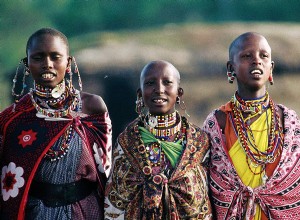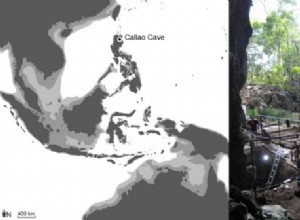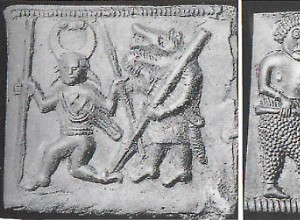The siege of Sevastopol is the most important and longest siege operation during World War II. In the six months or so of the siege of Sevastopol, which escalated into Operation Störfang (loosely translated as the fishing of Oxyrhynchus), the Germans had to call upon their great general, Erich von M




